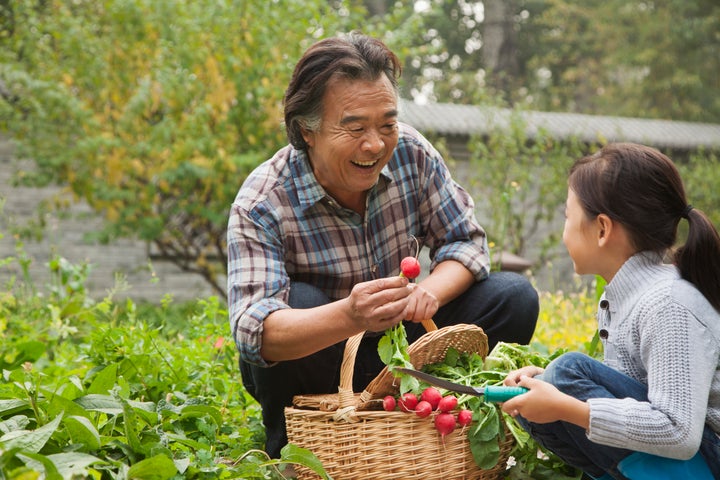
The further our world advances technologically, the further we move away from truly understanding where our food comes from. That disconnect between farm and fork has widened with each generation; everything we need for our meals is pre-packaged and stocked in a supermarket or brought to us in the back of a van.
Shockingly, one in three children have never heard a real cow go “moo” or a sheep go “baa”, according to a poll of 1,000 children by farming group LEAF (Linking Environment and Farming), which organises open farm days throughout the UK.
Children know so little about the foods they eat and how it’s produced that five per cent believed strawberries grow inside the fridge, over a quarter didn’t know carrots grow underground while a massive 78 per cent didn’t know broccoli grew on a plant.
As parents, we have a responsibility to close that gap between the food on their plates and where it came from; to show them in a fun and non-hectoring way where the ingredients of their favourite foods come from.
We’ve put together some suggestions for ways to show our children the processes that result in food on the table - and (fingers crossed!) being gobbled up.
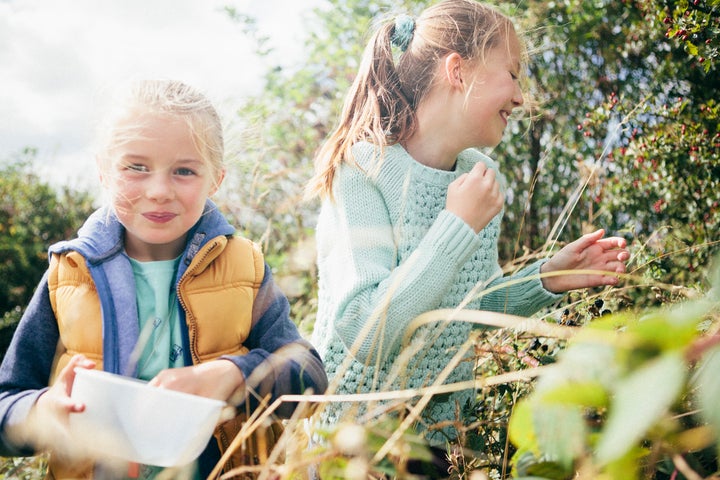
1. Help kids grow their own
There’s nothing like growing and eating their own produce to give kids an appreciation of how plants need to be nurtured with earth, warmth and water in order to feed us. You don’t need a large garden to grow your own. You can plant fruit, vegetables and herbs in containers or grow bags on a balcony, windowsill or front porch. But it’s a good idea, to give your child his or her own mini garden (or pot) in a sunny spot to tend to increase their interest and sense of responsibility.
Hands-on experience of growing their own foods have been shown to make children more eager to taste new foods. ‘Mini turnip’ radishes are good to start with, as are strawberry and tomato plug plants (available in all garden centres right now) and cut-and-come-again salads that can be snipped off to encourage salad eating.
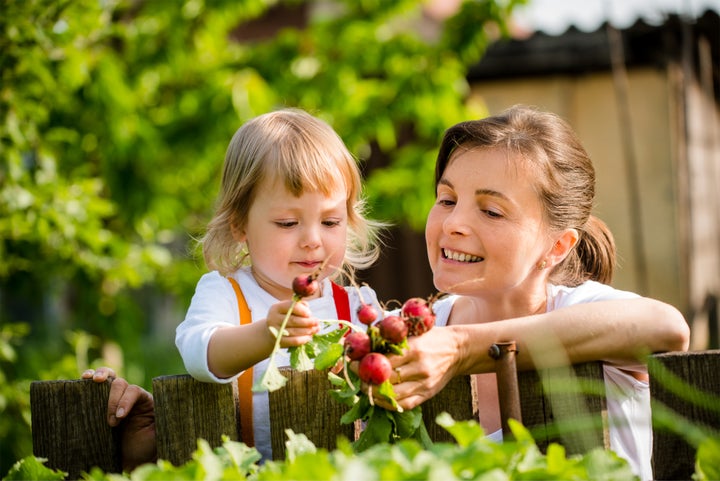
Top tips for child-friendly fruit and veg growing
- Choose plants that are easy to sow – big seeds that little fingers can handle easily and that can be sown in situ, so you don’t have the faff of transplanting.
- Pick plants that germinate and grow quickly and can sustain short attention spans and reward a curious child with a perceivable difference every day.
- You can fast forward past the seed stage and buy small plug plants to grow on, like tomato plants. It’s not cheating, just a bit more expensive.
- It’s best to plant fruit and veg that gives you a crop quickly - and will continue cropping, the more you pick.
- Give your child a small water can with a gentle spray, to avoid plants getting a deluge from over-zealous watering.
- Food you can eat straight from the plant like tomatoes, strawberries and peas are always a hit.
- When plants are a disappointment, like misshapen carrots due to carrot fly or split tomatoes because of haphazard watering, explain to your child why the plant failed to thrive and make a new plan for what to plant.
- Involve your children in spotting and picking off potential pests, like greenfly and snails. Daily snail duty has a huge allure for some kids!
- Point out that when you buy these fruit and veg, a farmer has had to do all the same work - just on a larger scale with more machinery.
And remember to involve children in fun food preparation, like homemade pizza using tomatoes and basil grown by themselves, or strawberry fruit fool. The more you can expose kids to fun, hands-on growing and cooking and delicious tasting experiences, the more meaningful the farm-to-table process becomes to them.
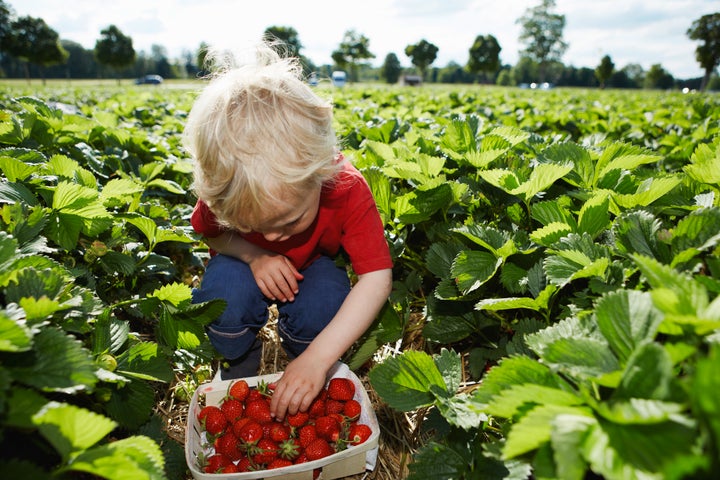
2. Pick your own food
In late summer, get outside and pick blackberries along the hedges and bramble patches. This entirely free and delicious fruit can be used to make jam and jelly, summer pudding, sorbet and ice-cream - or just eat fresh from the plant.
Pick-your-own farms make a fun family day out; a cheaper way of enjoying nature’s bounty and kids love the competitiveness of filling their individual containers. They’re also a good way of showing them first-hand how different fruits grow, like raspberries on bushes and strawberries close to the ground and just how delicious freshly picked food tastes.
You’ve also got a strong chance of coming across produce that’s becoming increasingly rare in shops, like gooseberries, redcurrants and blackcurrants.
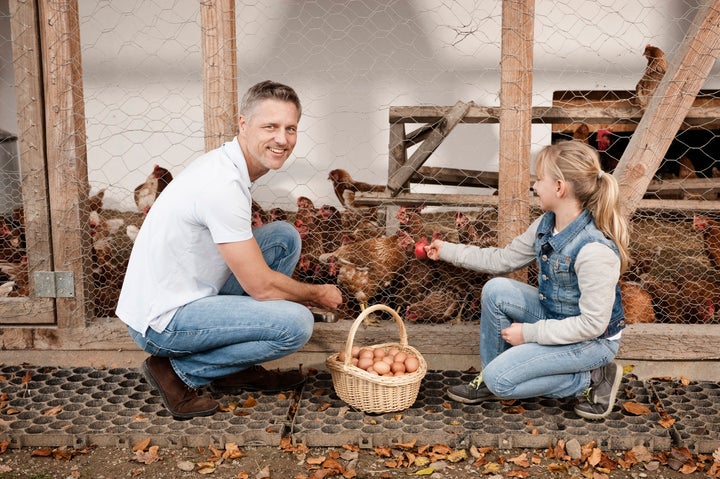
3. Read fun food books together
It’s amazing how kids can tell you excitedly about dinosaurs, sharks and tigers, but ask them about the life cycle of a tomato seed? Not so much. Yet there are plenty of very entertaining children’s books that could ignite their interest and show them the connection between nature and the food we encourage them to eat to make them big and strong.
Pancakes, Pancakes by Eric Carle is a lovely tale to get kids thinking about where the ingredients in their foods come from. Jack asks his mother to make him a pancake, but before she can Jack must help her by threshing wheat, collecting eggs, churning butter...
In I Don’t Like Salad by Tony Ross The Little Princess refuses to eat her lettuce and tomatoes - until she plants a tomato seed and changes her mind.
See Inside: Where Food Comes From by Emily Bone is a lift-the-flap book showing food produced on farms, in the sea and in greenhouses, and the importance of wheat, rice and corn around the world. There’s a map with flaps showing where the things we love to eat, including chocolate and tea, come from.
How Did That Get in My Lunchbox?: The Story of Food (Exploring the Everyday) by Chris Butterworth shows you the journey of some common foods, from planting wheat to mixing dough, machine-squeezing fruit to picking cocoa pods, ...to your lunch box.

4. Involve kids in family food shopping
Chat to the local farmers at your nearest farmers’ market about what’s truly seasonal. Encourage your children to read the labels on supermarket food and see what countries they’ve come from. You could also pin up a map in your kitchen so you can chart different food journeys. Talk to your kids about the different journeys food can take to your plates, and what words like “seasonal” and “sustainable” mean.
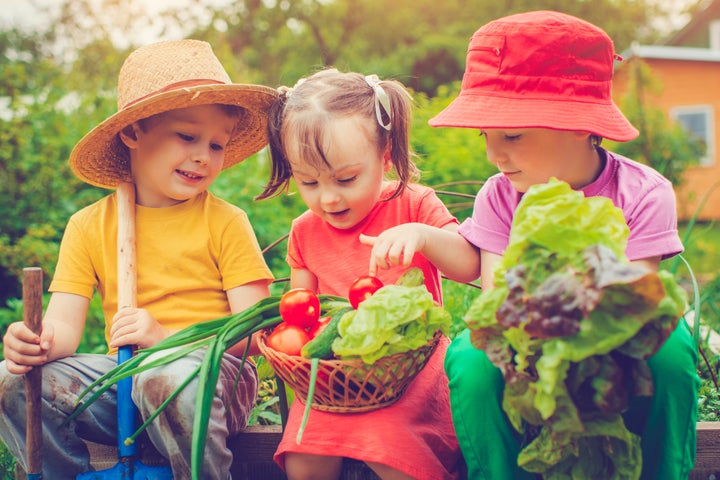
5. Visit a farm
Whether it’s a city farm or a ‘proper’ farm, this is one of the best ways of giving your children first-hand experience of where their food comes from. Shockingly, a survey by LEAF to coincide with Open Farm Sunday revealed that over a quarter of adults had never visited a farm, while the average time since being on a farm was nine years.
The annual Open Farm Sunday is on 11 June 2017 this year. Visit the website to find your nearest farm to introduce your children to the world of farming and the story behind our food. Each farm is unique but activities range from machinery displays, tractor and trailer rides, through to demonstrations and opportunities to collect eggs, see cows being milked and feed animals.
If you’re looking for a British holiday, a farm stay is a great opportunity to enjoy the glorious countryside and experience daily life at a working farm.
There are numerous farm stays across the UK where visitors can join in the daily animal feeding and egg collecting. Many have a variety of tame animals to pet such as chickens, pigs, goats, sheep, ponies, rabbits, guinea pigs and donkeys.
To get kids talking about farming, milk and cows, Cadbury has launched Adopt A Cow - a fun campaign where families can adopt a cow and have the chance to win a farm-tastic weekend away to meet their new friend. Visit cadburyadoptacow.com to adopt your cow, find out more about milk and discover more fun cow-related baking, craft and games ideas.*
* For full T&Cs including the definition of adoption for the purpose of this campaign – see website.